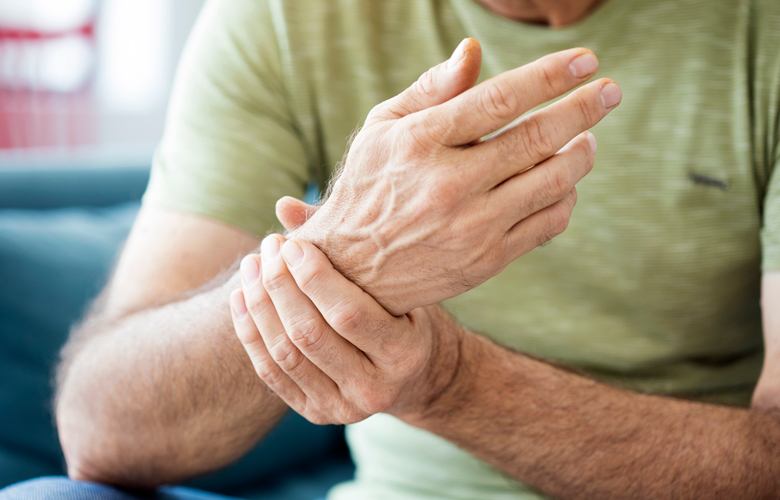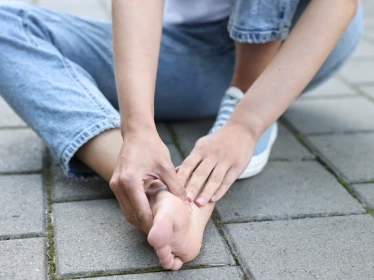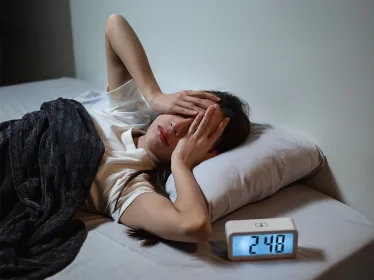Coping with Arthritis

Arthritis refers to the condition that affects joints. It causes pain and swelling in large joints, such as the knee and hip, and smaller joints, such as in the fingers. Joints can become stiff or deformed as Arthritis progresses, resulting in decreased mobility, affecting quality of life. In Singapore, Arthritis is a common problem that affects 10% to 20% or more of middle-aged and elderly people.
The two main groups of Arthritis are Osteoarthritis and Inflammatory Arthritis. Osteoarthritis is more common and is a degenerative type of Arthritis. It primarily affects the soft bone, called the cartilage. Osteoarthritis of the knee is very common. When the cartilage progressively softens and wears away, the knee will develop chronic pain. Over time, a bow-legged deformity may occur. Inflammatory Arthritis is less common and is characterised by uncontrolled persistent inflammation of the joints. Rheumatoid Arthritis, Gout and Psoriatic Arthritis are examples of Inflammatory Arthritis.
Risk Factors
- Age – arthritis usually starts between the ages of 30 and 50
- Gender – women are more likely to develop osteoarthritis
- Obesity
- Smoking
- Family history of Inflammatory Arthritis
- Previous joint injury
Signs & Symptoms
- Pain and swelling of the joint for three days or longer
- Stiffness of the joint
- Morning stiffness
- Difficulty in moving a joint or doing daily activities
Feeling that the joint is warmer than the surrounding skin at least three times a month
Treatment Options
Different effective treatment methods exist for different stages of the condition. Mild conditions can be treated with medication and injections, while more severe conditions can have excellent results with appropriate surgery. Oral supplements like glucosamine or collagen help in early stages of the condition. It is important to have an accurate diagnosis by doing X-rays and sometimes MRI. The patient should discuss the available treatment options with an Orthopaedic Surgeon to determine what works best.
Non-surgical:
- Oral Medications such as nonsteroidal anti-inflammatory drugs (NSAIDs)
- Topical applications that contain menthol or capsaicin
- Physiotherapy
- Artificial gel injection for pain relief
- Supplements such as glucosamine, collagen, or krill oil
- Exercises such as yoga, Pilates or brisk walking
- Steroids
Types of surgery
If the above conservative measures do not help to improve the condition, your doctor may suggest more invasive procedures, such as:
- Key-hole surgery - a minimally invasive surgery that treats a wide variety of wear-and-tear problems of the knee, shoulder and hip, useful for people with joint injuries from sports activities
- Bone alignment procedure - for younger patients to straighten bow-leggedness and reduce pain
- Joint replacements - a common procedure to remove damaged knee, hip or shoulder joint and replace it with an artificial one
- Joint fusion - reserved for very severe conditions, most commonly related to the wrist and fingers, this procedure fuses the joint and removes any movement of the joint, thereby eliminating pain





